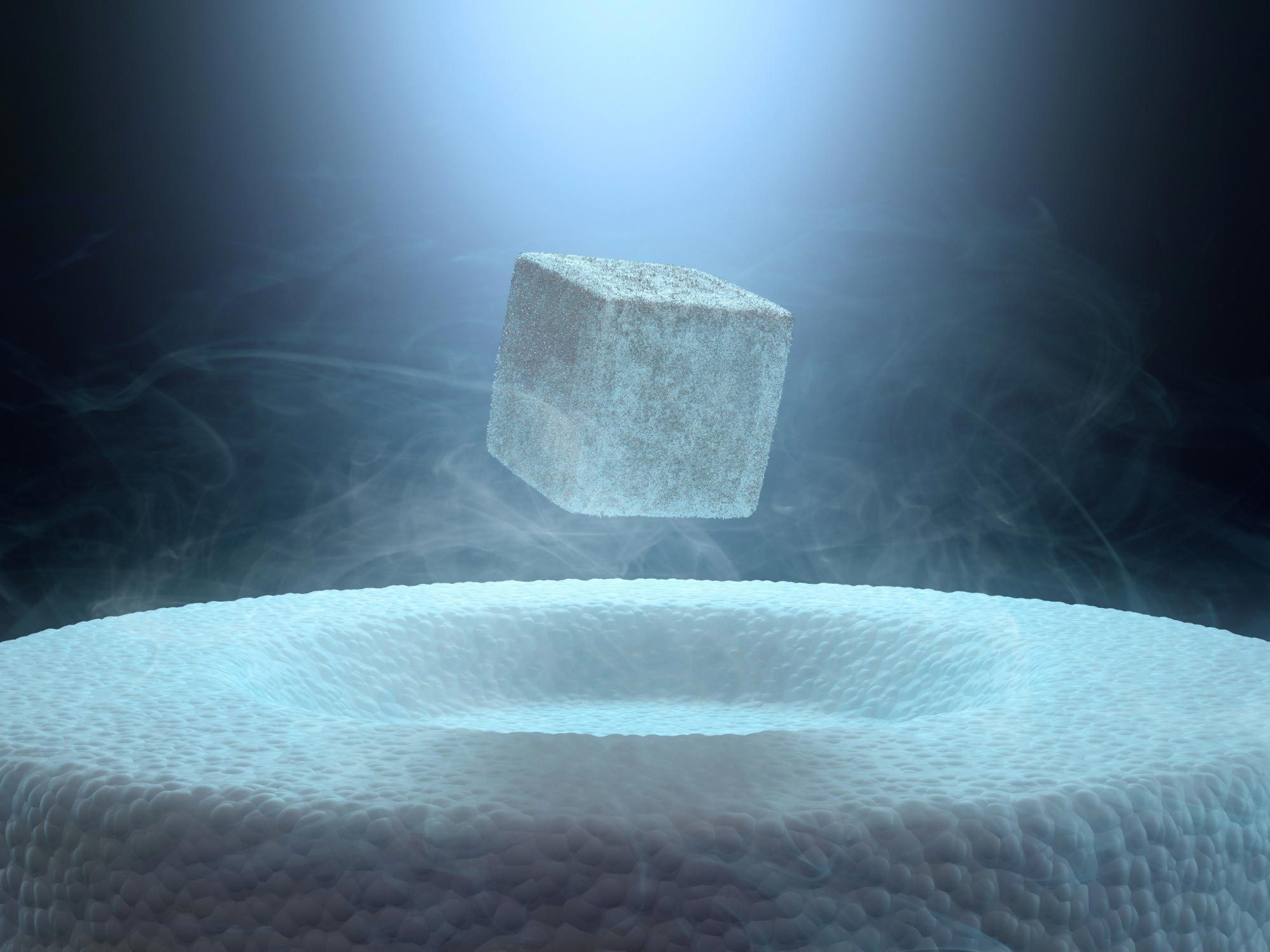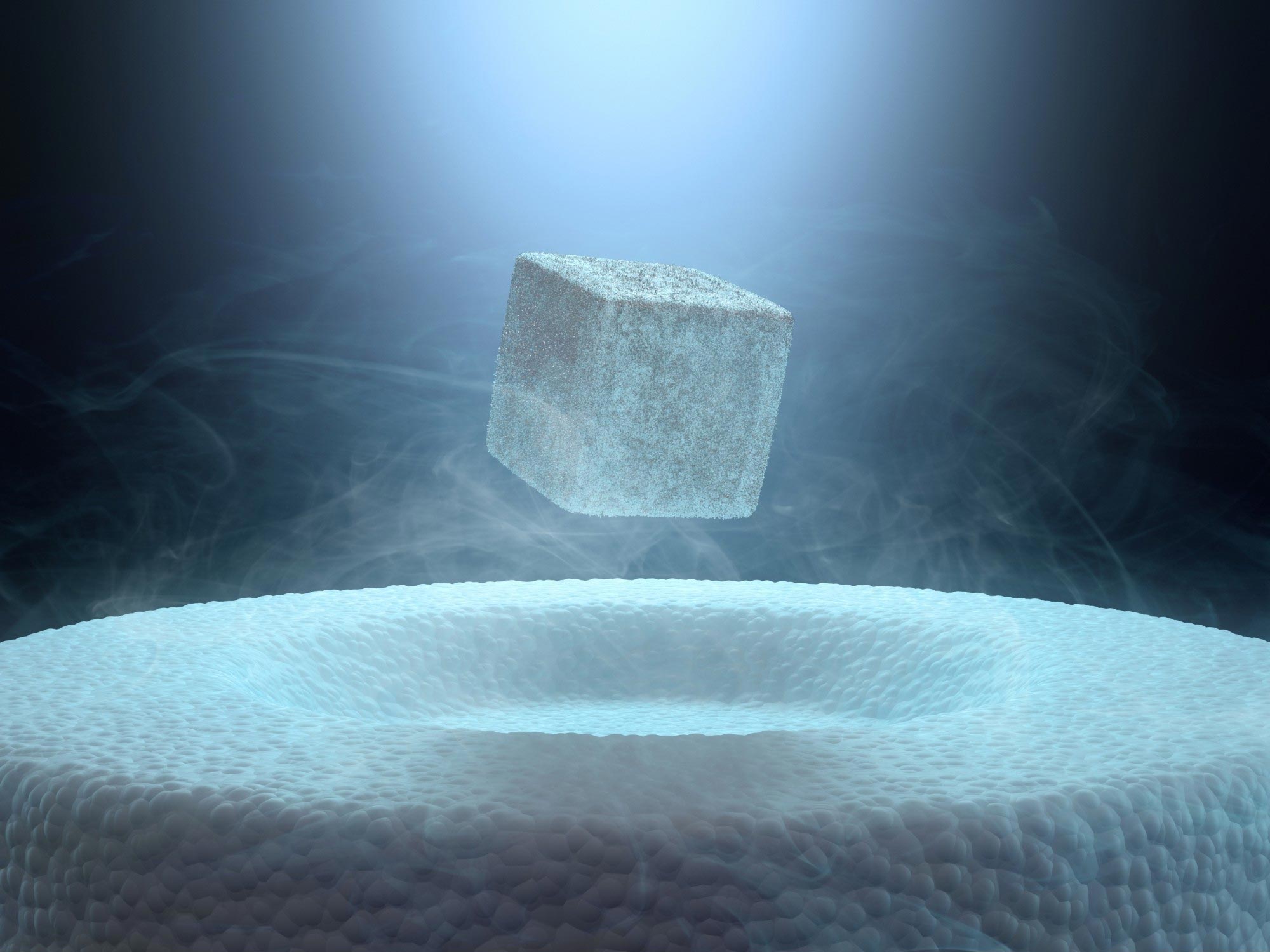
Researchers from TU Wien and universities in Japan have used computer simulations to identify a “golden zone” for optimal superconductivity. This region, where the interaction between electrons is strong but not too strong, is achieved with a new type of material called pallets, leading to a new era of superconductivity research.
TU Wien performed calculations suggesting the use of the precious metal palladium as a “Goldilocks” material to create superconductors that are superconductive even at relatively high temperatures.
In the field of modern physics, an exciting pursuit is underway: identifying the optimal method for creating superconductors that maintain their superconductivity at high temperatures and ambient pressures. This quest was recently boosted by the discovery of nickelates, ushering in a new era of superconductivity.
The foundation of these superconductors lies in nickel, prompting many scientists to refer to this period of superconductivity research as the “Nickel Age”. In many respects, nickelates are similar to cuprates, which were discovered in the 1980s and are based on copper.
But now a new class of materials comes into play: in a collaboration between TU Wien and universities in Japan, it was possible to simulate the behavior of various materials more precisely on the computer than ever before.
There is a “Goldilocks zone” where superconductivity works best. This zone is achieved not with nickel or copper, but with palladium. This could usher in a new “age of pallets” in superconductivity research. The results have now been published in the journal Science
The search for higher transition temperatures
At high temperatures, superconductors behave very similarly to other conducting materials. But when they are cooled below a certain “critical temperature”, they change dramatically: their electrical resistance disappears completely and suddenly they can conduct electricity without any loss. This limit, at which a material changes between a superconducting and a normally conducting state, is called the “critical temperature”.
“We have now been able to calculate this “critical temperature” for a whole range of materials. With our modeling on high-performance computers, we were able to predict the phase diagram of nickelate superconductivity with a high degree of accuracy, as the experiments then showed later,” says Prof. Karsten Held from the Institute of Solid State Physics at TU Wien.
Many materials become superconducting only just above absolute zero (-273.15°C), while others retain their superconducting properties even at much higher temperatures. A superconductor that still remains superconducting at normal room temperature and normal atmospheric pressure would fundamentally revolutionize the way we generate, transport, and use electricity. However, such a material has not yet been discovered.
Nevertheless, high-temperature superconductors, including those from the cuprate class, play an important role in technology – for example, in the transmission of large currents or in the production of extremely strong magnetic fields.
Copper? Nickel? Or Palladium?
The search for the best possible superconducting materials is difficult: there are many different chemical elements that come into question. You can put them together in different structures, you can add tiny traces of other elements to optimize superconductivity. “To find suitable candidates, you have to understand on a quantum-physical level how the electrons interact with each other in the material,” says Prof. Karsten Held.
This showed that there is an optimum for the interaction strength of the electrons. The interaction must be strong, but also not too strong. There is a “golden zone” in between that makes it possible to achieve the highest transition temperatures.
Palladates as the optimal solution
This golden zone of medium interaction can be reached neither with cuprates nor with nickelates – but one can hit the bull’s eye with a new type of material: so-called palladates. “Palladium is directly one line below nickel in the periodic table. The properties are similar, but the electrons there are on average somewhat further away from the atomic nucleus and each other, so the electronic interaction is weaker,” says Karsten Held.
The model calculations show how to achieve optimal transition temperatures for palladium data. “The computational results are very promising,” says Karsten Held. “We hope that we can now use them to initiate experimental research. If we have a whole new, additional class of materials available with palladates to better understand superconductivity and to create even better superconductors, this could bring the entire research field forward.”
Reference: “Optimizing Superconductivity: From Cuprates via Nickelates to Palladates” by Motoharu Kitatani, Liang Si, Paul Worm, Jan M. Tomczak, Ryotaro Arita and Karsten Held, 20 April 2023, Physical Review Letters.
DOI: 10.1103/PhysRevLett.130.166002
